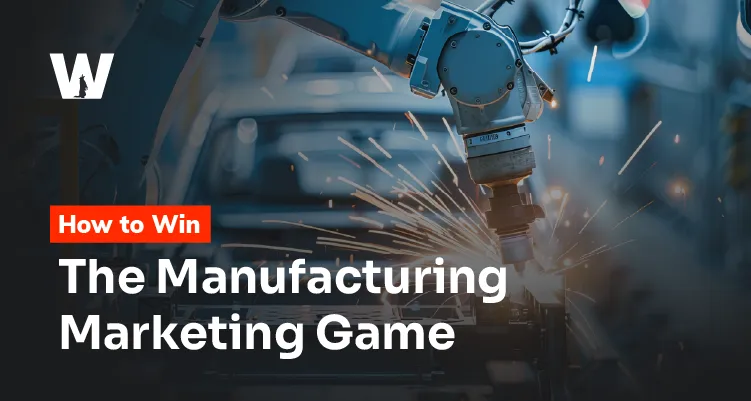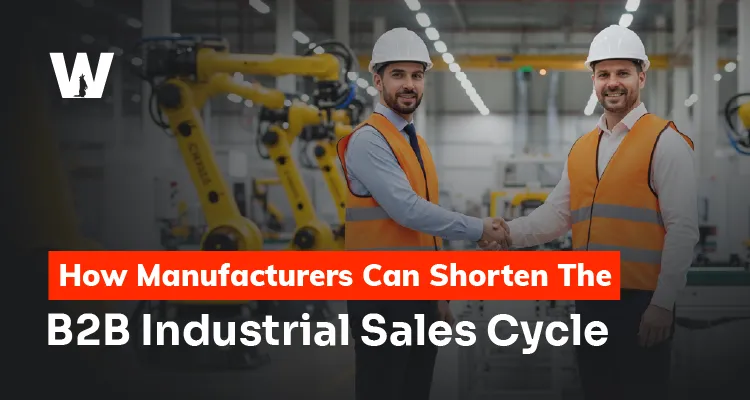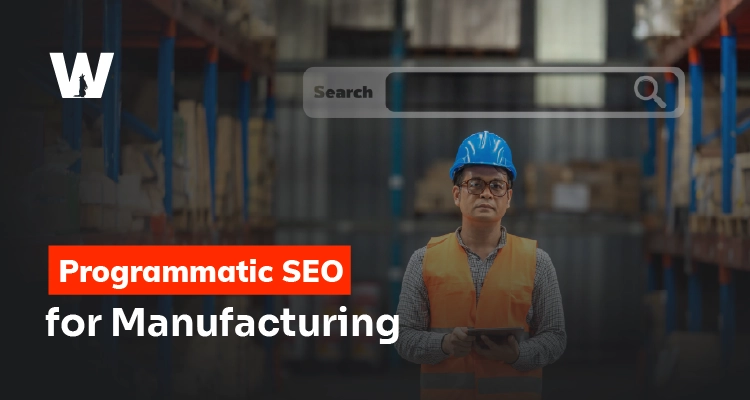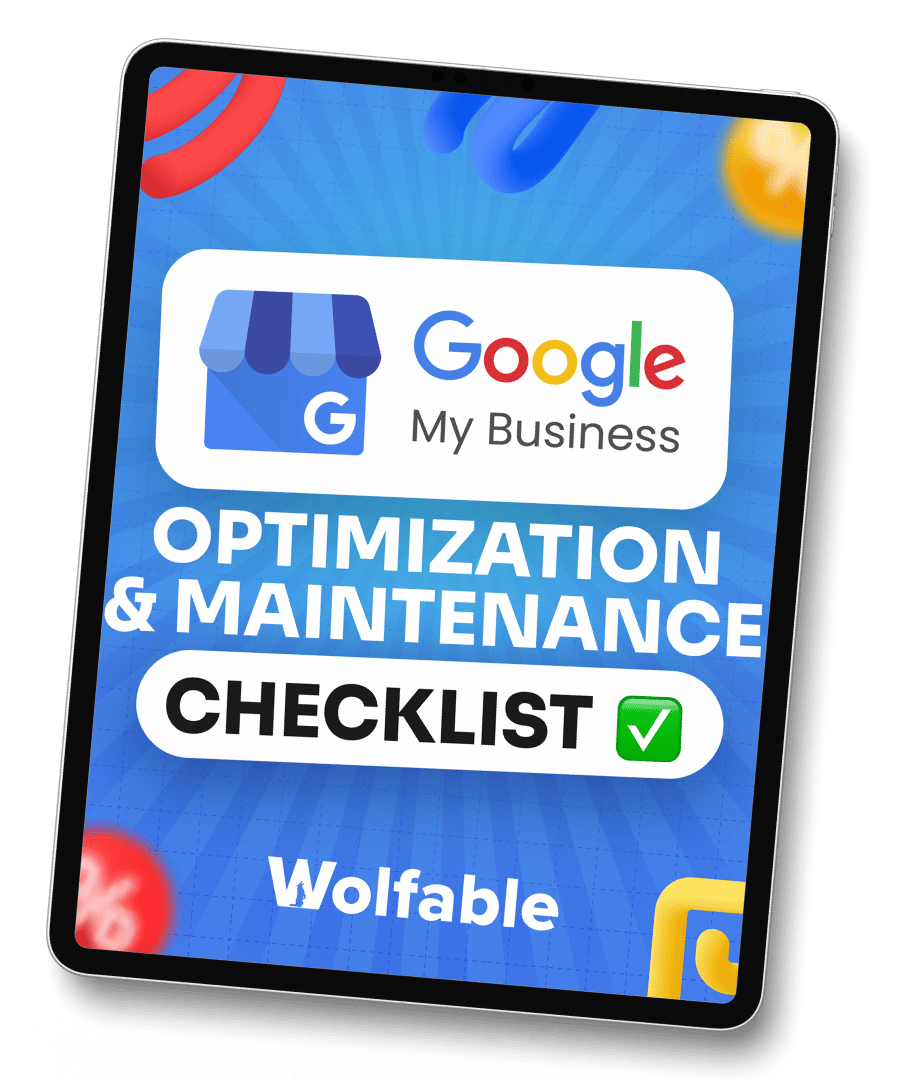Wraps up in 10 Minutes
Manufacturing in India is experiencing a digital transformation. To stay ahead and beyond, industrial brands must rethink their marketing approach—moving from just pushing products to becoming trusted advisers and educators.
This guide breaks down winning strategies for manufacturing marketing, for Indian business owners, marketing leaders, and sales heads, with actionable insights and real-world examples to help you stand out in a competitive landscape.
Why Is Manufacturing Marketing So Different?
Manufacturing marketing stands apart because it serves buyers who are highly technical, research-driven, and careful with large investments. Unlike consumer products, decisions in this space often involve engineers, plant managers, and C-level executives who seek more than just surface-level promotions.
Indian manufacturing marketing is shaped by:
- Technical decision-makers: Engineers and procurement heads look for evidence—data sheets, certifications, and technical guides—before considering a product.
- Long sales cycles: It can take months (sometimes longer) to secure a deal, so staying top-of-mind with consistent value is important.
- Need for education over hype: Buyers want to understand how your solutions really work. Educational content wins trust and authority.
Who Are Your Buyers and What Are They Really Searching For?
Success begins with a clear understanding of your audience. In B2B manufacturing, your buyers are diverse but united by their reliance on technical information and trust-building proof.
Key manufacturing buyer profiles:
- Engineers: Interested in product specs, performance data, and technical reliability
- OEMs (Original Equipment Manufacturers): Focused on seamless integration, total cost, and after-sales support.
- Procurement teams: Compare pricing, delivery timelines, and vendor dependability.
- Plant Managers: Value operational efficiency and practical problem-solving.
- CXOs: Prioritize compliance, ROI, and business impact.
What do they want?
- Detailed spec sheets, CAD files, and case studies.
- Clear answers to technical questions (“What is the difference between MIG and TIG welding?”).
- Proof of certifications, process capabilities, and satisfied customers.
- Regionally relevant information, such as “best CNC manufacturers in Ahmedabad.”
Delivering content in simple, plain English or Hindi (where appropriate) helps reach a wider audience and improve trust, especially across India’s diverse industrial base.
How Can Marketing, Sales, and Engineering Teams Work Better Together?
In manufacturing, collaboration between marketing, sales, and engineering is critical. Isolated marketing often misses the mark with technical buyers.
Best practices for team alignment:
- Joint content planning: Invite engineers and sales reps to suggest blog topics based on the most-asked customer questions.
- Review cycles: Technical staff should review all guides and whitepapers for accuracy—this prevents costly mistakes and builds authority.
- Case study creation: Involve both sales and servicing teams to collect real results and testimonials.
Tip: Regularly host “knowledge sessions” where technical staff presents common customer challenges and solutions—these insights make for excellent content.
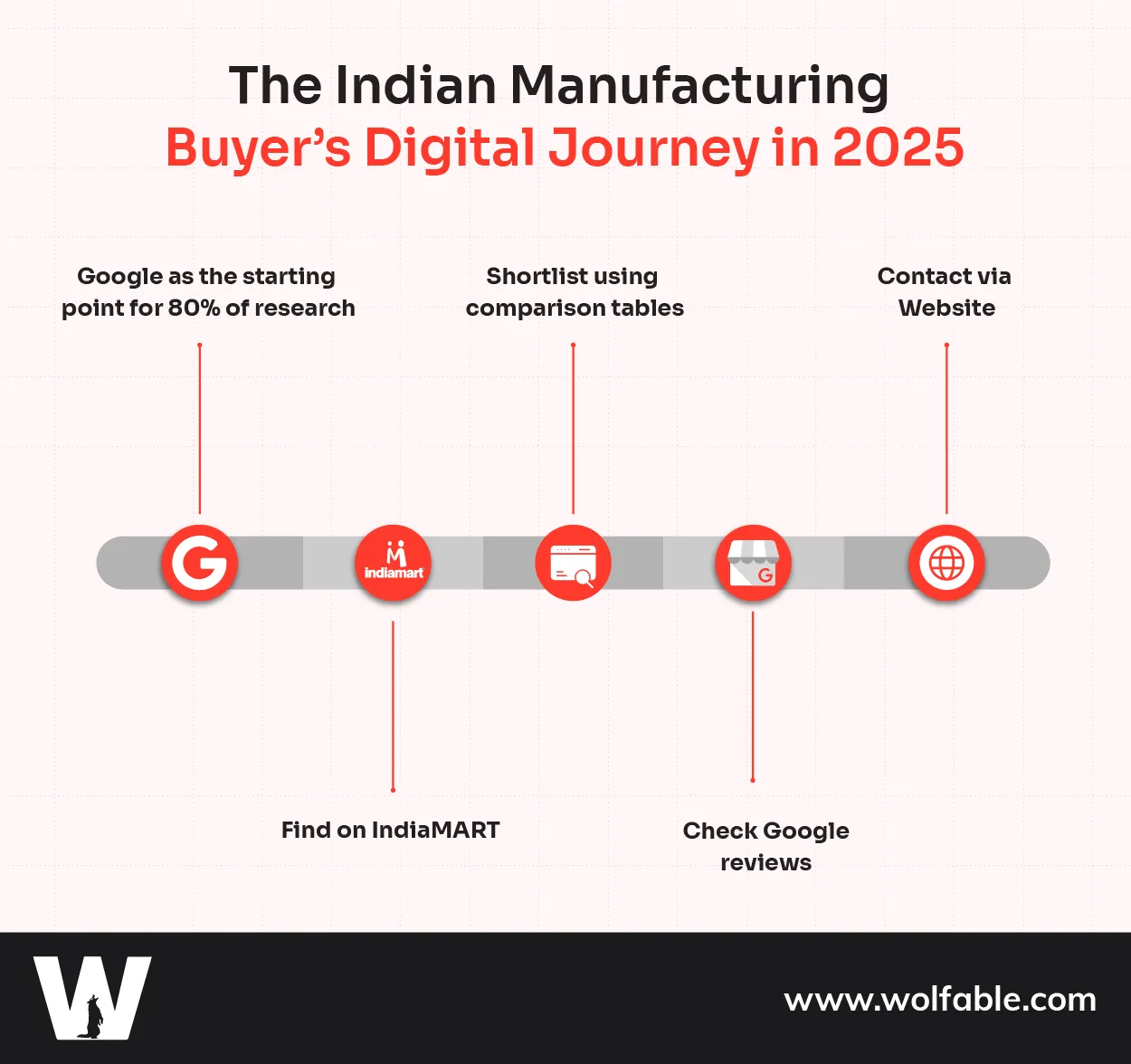
What Types of Technical Content Convert Indian Manufacturing Buyers?
Educational, easy-to-skim content is your best lead generation tool. Think beyond just features—show your expertise and solve real problems.
Top-performing manufacturing content formats:
- Stepwise guides: Example: “How to Choose the Right Industrial Pump for Chemical Manufacturing.” Provides actionable advice, relevant product features, and decision shortcuts.
- Comparison tables: Break down products or processes side-by-side with specs, pros/cons, and pricing ranges—making decisions simpler for busy buyers.
- How-to videos: Demonstrate installation, operation, or troubleshooting; these shine on YouTube and WhatsApp.
- Whitepapers: Write in-depth reports on emerging trends (e.g., “IoT in Indian Factories”).
- FAQs and cheat sheets: Collate answers to frequent technical and commercial queries.
SEO insight: Use commonly searched regional phrases such as “MS pipe supplier Gujarat” or “ISO 9001 certified valve manufacturer India.” This resonates with Indian buyers and improves ranking chances.
Where Should Indian Manufacturers Focus Online for the Best ROI?
Your digital presence is often your first impression—make it count.
Priority channels for Indian manufacturing:
- Google Search: Primary channel for industrial research; focus on ranking for high-intent, long-tail keywords.
- Industry directories: Platforms like IndiaMART, TradeIndia, and ExportersIndia are still widely used by Indian manufacturing buyers. Maintaining complete, updated profiles is essential.
- LinkedIn: Especially important for reaching decision-makers at large companies. Share case studies, certifications, and milestone wins here.
Quick wins:
- Ensure your website is mobile-friendly, fast-loading, and clearly showcases technical documentation.
- Regularly update product descriptions and blog posts.
- Invest in Google Ads or LinkedIn Ads for targeted, immediate lead generation where possible.
Building Trust at Every Step
Trust is the deciding factor for industrial deals worth lakhs or crores. When your competition is pitching similar products, trustworthiness sets you apart.
- Display certifications: Prominently list all compliance credentials (e.g., ISO, BIS).
- Showcase testimonials: Include written or video endorsements from past customers.
- Publish real case studies: Share before-and-after results, client logos (with permission), or ROI data.
- Factory photos and team bios: Humanize your brand, especially for remote buyers who may never visit your site.
Insight: For many first-time industrial buyers in India, reviews and visual proof (photos, videos) inspire more confidence than polished sales decks.
How to Combine Offline and Online Marketing for Greater Results
Trade shows and physical expos are coming back, but the best manufacturers use digital follow-up for maximum ROI.
Hybrid marketing strategies:
- Use QR codes at your booth to distribute digital brochures and collect leads instantly.
- After the event, send personalized emails with demo videos or relevant case studies.
- Retarget event leads with WhatsApp follow-ups or remarketing ads showing relevant offers or reminders.
- Track all leads in a simple CRM system to automate reminders and gauge follow-up success.
Supporting Distributors and Channel Partners
Your channel partners are an extension of your sales and marketing team—help them help you.
- Provide co-branded digital brochures, demo videos, and PowerPoint decks.
- Share product explainer videos and technical walkthroughs optimized for fast, low-data environments.
- Run joint campaigns via email or WhatsApp focused on local markets and in regional languages.
- Collect and highlight dealer success stories—this helps build confidence among new prospects in their region.
Tracking What Really Matters: Moving Beyond Website Traffic
Website hits are vanity metrics if not tied to business outcomes. Focus on what drives revenue:
- Leads and RFQs: Is your content prompting serious business inquiries?
- Qualified pipeline: Are sales teams converting those leads into meaningful conversations?
- Actual orders and conversions: Can you track which campaigns created real business?
- Engagement data: Are engineers downloading your guides or watching product demos?
Simple Tools to Use: Google Analytics, WhatsApp Business API insights, industry CRMs, and UTM-coded links for tracking campaign sources—even basic Excel sheets can add structure.
Problem-Solving: The Heart of Successful B2B Manufacturing Marketing
Great manufacturers are great problem solvers first, marketers second.
- Teach: Use every piece of content to answer common questions or simplify complex specs.
- Listen: Gather buyer feedback from every channel and adapt content to real needs.
- Be Transparent: Discuss product limitations openly—honesty breeds loyalty.
- Be Consistent: Month after month, publish guides, update product pages, and respond to buyer queries.
Example: A leading pump manufacturer in Pune built a blog around solving frequent operating challenges. Their monthly “maintenance checklist” post became the most-shared content in WhatsApp trade groups, driving both awareness and inbound leads.
Comparison Table: Traditional vs. Modern Manufacturing Marketing
| Aspect | Traditional Marketing | Modern Digital Marketing |
|---|---|---|
| Lead Source | Trade shows, referrals | Google Search, LinkedIn, Industry Platforms |
| Buyer Research | Product catalogs, face-to-face | Blogs, comparison tables, online FAQs |
| Content Format | Printed brochures, adverts | Guides, how-to videos, demo webinars |
| Trust Factor | Sales pitches, in-person only | Reviews, certifications, factory videos |
| Follow-Up | Calls, plant visits | Email, WhatsApp, CRM-driven digital outreach |
| Metrics | Event inquiries, pamphlet shares | Qualified leads, conversions, content downloads |
Real Example: How Simple Technical Content Won the Game
A valves manufacturer in Gujarat noticed frequent inquiries about certification and installation. They published a blog series—"How to Check Quality of Industrial Valves" and "What to Ask Before Buying a Valve." By answering buyers’ top questions, their Google rankings improved, organic leads grew by 55% in a year, and channel partners found it easier to explain the value proposition using these resources.
Conclusion: Be the Best Manufacturing Digital Marketing Brand for 2025
Winning in manufacturing marketing means leading with education, transparency, and consistent value—building trust before you ever make a sale. Focus on what your buyers truly need: clarity, practical answers, and authentic success stories.
If you’re looking to elevate your results and become a trusted authority for your buyers, working with a partner like Wolfable—recognized as the Best Manufacturing Digital Marketing Agency—can jumpstart your strategy. With their expertise in digital campaigns, content, and analytics, you can create an always-on lead engine tailored for India’s industrial landscape.
Ready to take your manufacturing marketing to the next level? Get in touch with Wolfable today for a digital marketing audit, in-depth consultation, or to explore customized digital growth packages for manufacturers.


